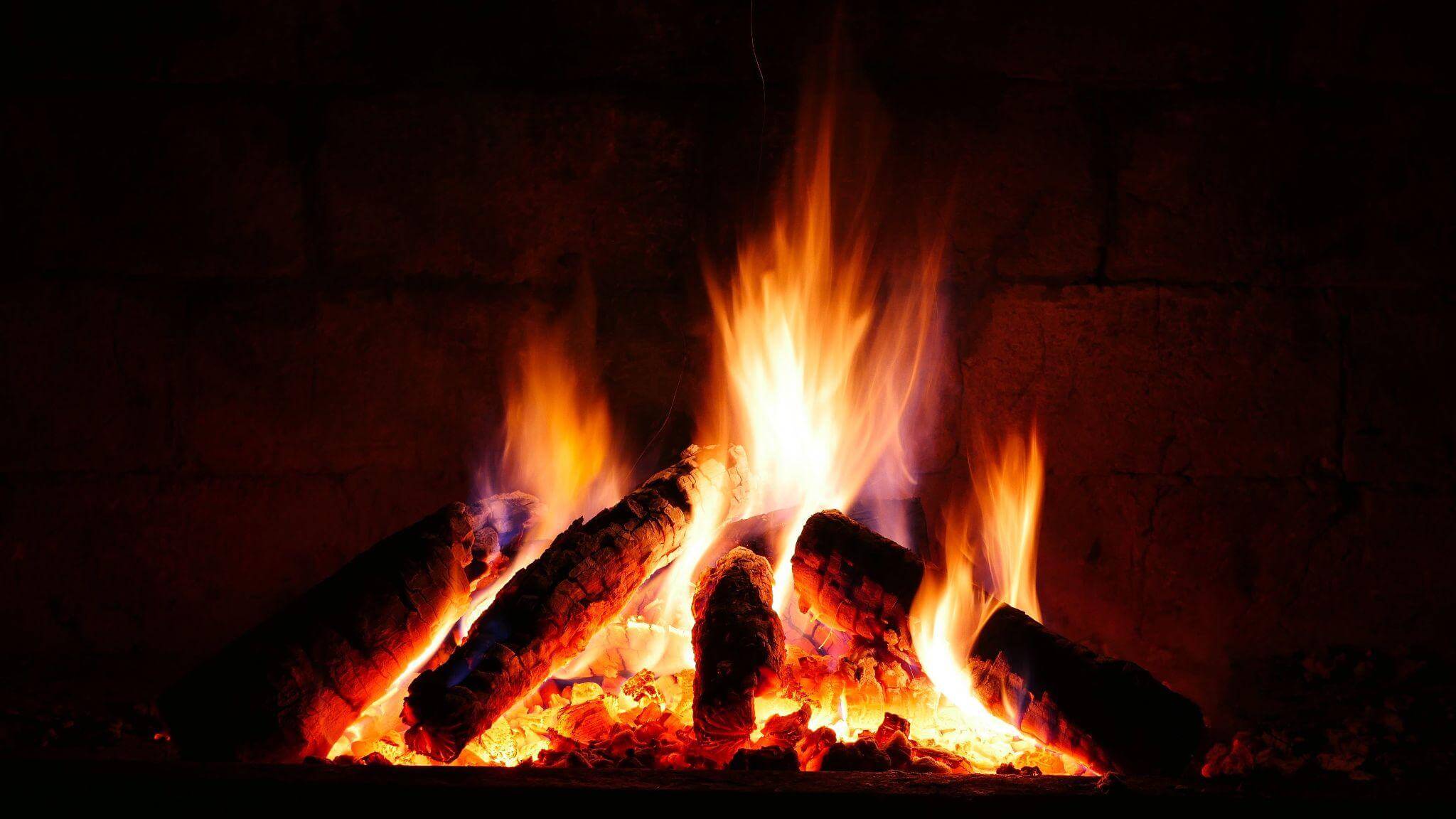Furnaces are integral in keeping your house warm. But sometimes they require repairs for optimal performance and safety reasons.
Have you detected a sudden increase in your electric bill? Your furnace could be working harder to heat your home. A knowledgeable specialist can inspect and clean the ductwork to maximize efficiency.
Ignition System
Ignition systems are essential components of gas furnaces.
In the past, almost all furnaces used a standing pilot light to ignite gas in the combustion chamber; more homeowners today are choosing electronic ignition systems instead as this type of traditional pilot light fades out over time.
Electronic ignition offers several advantages over its counterpart. One advantage is that the flame only ignites when the thermostat signals that heat is required versus constantly burning until the thermostat alerts of need – saving energy costs while protecting from potential sensor malfunction or excess airflow within the combustion chamber.
Intermittent pilot systems replace this constant flame with an intermittent spark produced by electricity passing through it and activated when the thermostat triggers a heating cycle.
A hot surface igniter is one of the most popular electronic ignition methods; it generates enough heat to ignite gas when electricity passes through them, helping create the necessary spark needed to ignite it. You can visit this site to learn more.

Blower Motor
A blower motor is responsible for turning a fan that distributes heated air from your furnace throughout the home, a malfunctioning blower motor may result in poor or no heating in some rooms of your home.
It can be easy to assume your blower motor has broken if there’s no airflow coming from your vents, but other factors could also be at play here.
First, ensure the blower motor has power by using your furnace switch and circuit breaker to verify voltage has not been cut off, then using a multimeter to test wires connecting electric current to it and look for resistance readings indicating open windings preventing proper operation; any readings above zero indicate there may be issues with one or more windings of your blower motor.
Unusual Sounds
Most modern heating systems are designed to operate as quietly as possible, yet there may still be instances when they produce unfamiliar sounds. In such instances, this typically indicates something has gone amiss or worn out and requires professional inspection.
An ongoing rattling noise could indicate that there is something loose on your panel or broken in the fan motor that needs immediate attention from a qualified technician.
Screeching sounds are another telltale sign that your furnace needs repair. They are produced when loose or worn-down parts inside of the heater come into contact, leading to loose components colliding and potentially leading to carbon monoxide poisoning in your home. Repairing this issue quickly will ensure you and your family remain safe throughout wintertime.
Gas Leak
Gas leaks from furnaces or their connected pipes are hazardous, potentially leading to poisoning or house fires.
If you detect natural gas in your home or notice unexplained symptoms of exposure, switch off your furnace immediately and contact a 24-hour HVAC service immediately; evacuate and open windows as necessary so toxic gases can escape safely.
Leaks may be caused by a defective heat exchanger or venting system, allowing carbon monoxide and unburned gas to escape and leak into your home through cracks in the heat exchanger. Your gas provider also adds an odorant called mercaptan into natural gas to detect any possible leaks – its odor resembles that of rotten eggs!
A hissing noise often indicates a major leak, so switch off your gas at its source (meter) and leave your house until a technician inspects and repairs it. Professionals like the ones found at rhymes-heating-com have the proper equipment and protective gear to handle these issues safely. This is essential in the event of a gas leak.
Rhymes Heating & Cooling
10958 Lin Valle Dr, St. Louis, MO 63123 (Main GMB)
(314) 638-8181
https://www.rhymesheating.com/
Limit Switch
Limit switches in furnaces are vital safety devices that prevent overheating of the furnace and subsequent damage or carbon monoxide leak.
At its heart lies an intelligent thermostat which uses gas valve shut-off when temperatures exceed predetermined thresholds as well as turning on and off your blower fan at set temperatures, so as to maintain comfort throughout your home.
Over time, limit switches may become worn-down and begin tripping at temperatures lower than they should, becoming both irritating and potentially hazardous. This situation needs to be rectified promptly to maintain safety standards.
If the limit switch may be the problem, first shut off power by switching off the circuit breaker at your electrical panel. Next, use your furnace manual to locate and remove the access panel for the control box’s access box containing two low voltage wires as well as one line voltage wire that leads directly to your limit switch.
Tripped Circuit Breaker
An intermittently tripping circuit breaker is one of the telltale signs that your furnace requires repairs.
If it keeps happening whenever you switch on lights or plug in an appliance that requires electricity, this indicates an overloaded circuit and needs attention. A breaker or fuse is designed to interrupt and interrupt electricity when its wires become too hot, thus stopping it from flowing as intended.
Safety circuit breakers exist as an added safeguard to ensure you do not experience shock or fire, with discolored outlets, burning smells and melted plastic covers being indicators of overloaded circuits.
Sometimes the circuit breaker or fuse may even need replacing professionally; should this occur you should avoid using that circuit until its repairs have been made – instead use appliances and lights with lower power requirements as soon as possible.

